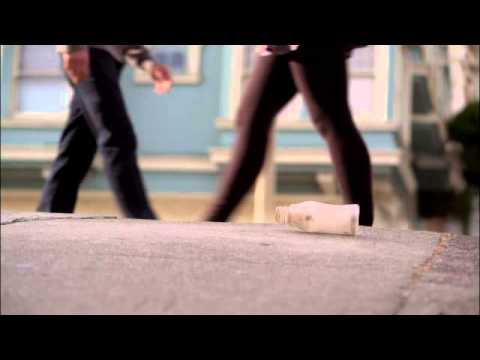
10 Jul Austin Resource Recovery: Not Your Grandmother’s Sanitation Department
Austin Resource Recovery, the branch of city government tasked with picking up the trash and recyclables from your home, used to be called Solid Waste Services. Before that, it was known simply as the Sanitation Department.
Why the name change?
The emergence of Austin Resource Recovery is more than just an attempt by the city to make trash pick-up sound a bit more appealing. The entire department has changed along with the name. Austin Resource Recovery is not your grandmother’s trash hauler.
What makes Austin Resource Recovery so different is its mission, handed down by city council, which directs the utility to divert 90 percent of Austin’s waste from the landfill by 2040.
With a directive as strong and demanding as that, the reason for the name change becomes clear. A utility that is tasked with essentially eliminating landfill deposits in a growing city of almost one million people simply cannot be in the business of waste. It must work in a more innovative space. It must be in the business of reuse and recovery. And the most obvious way to do that is through recycling.
Unfortunately, increasing recycling rates in the city has been difficult, said the director of Austin Recovery Recovery, Bob Gedert, at ImagineOne Austin earlier this week.
“Only 72 percent of Austin residents use our recycling program,” he said, “and that’s not good.”
Not only does that hurt the city’s waste reduction goals, but low utilization rates also effect Austin’s overall landfill diversion rate, which needs to be higher in order to make recycling more economical.
The economics of recycling do not start to make a lot of sense unless 50 percent or more of a city’s waste is being diverted, Gedert said. That’s when recycling becomes cheaper than dumping waste into the landfill, he added.
The equation works out this way because there is a lot of infrastructure involved in setting up an effective recycling program, added Emlea Chanslor, public information officer and program manager for Austin Resource Recovery. When you take into account all of the trucks, carts, and recycling contracts, she said, the more material you have, the more economically beneficial the practice becomes.
That is why the city is pushing so hard to reach its next milestone on its path to zero waste – a 50 percent landfill diversion rate by 2015. That means that on any given week, only 50 percent of waste (by weight) is going to a landfill. The rest is being recycled, composted, or reused.
Right now, the city is at a 40 percent diversion rate, so Austin Resource Recovery is working hard to educate residents about the value of recycling.
In May, the city kicked off a partnership with Keep America Beautiful and the Ad Council and launched the “I want to be recycled” campaign in Austin. The campaign features TV ad spots that show a plastic bottle longing to reach the beach, and then finally getting there as a bench made out of recycled plastic.
Seeing the process of recycling from beginning to end, “raises awareness to the reason behind why we recycle,” Chanslor said. “It gives people another reason to recycle.”
To continue boosting recycling rates, Austin Resource Recovery has also issued a challenge to all Austin households, asking them to increase the amount they recycle by five pounds each month.
Sometimes that can be as simple as adding another recycling bin to the home, Chanslor said. “A lot of people have a recycling bin in the kitchen, but not in the rest of the house,” she added, “if they add one in the bathroom, then they can recycle mouthwash, toilet paper rolls, and empty shampoo bottles.”
The key thing, Chanslor said, is just teaching people what they can and can’t recycle. In talking to people at public outreach events, she has noticed that a lot of people simply don’t realize how much they can recycle.
(To help you all with that, we’ve put together a list of recycling dos and don’ts, available here>>)
Another barrier to achieving Austin’s zero waste goal is compliance. Austin Resource Recovery is not responsible for waste pickup at large commercial properties or apartment buildings. Those entities are responsible for contracting their own waste hauler, which means that it is harder for the city to get them to recycle.
That is why the Universal Recycling Ordinance went into effect in 2012. The ordinance forced those properties to begin recycling on a sliding scale, depending on their size, so that by 2017, all properties in Austin will be recycling.
But of course, Austin Resource Recovery doesn’t have eyes everywhere, so enforcement is a challenge, Gedert said.
One way you can help to overcome that challenge is by informing the city whenever you see a property in violation of the ordinance. If you live in an apartment building that is not recycling, call 311 to report it.
Meeting Austin’s ambitious waste-reduction goals will require everyone’s help and cooperation, says Austin Resource Recovery staff, and that begins with an educated public.
“Most people support recycling,” Chanslor said. “It’s just about figuring out how to do it right.”



No Comments